Types of Succulent Plants: 15 Stunning Varieties to Know
Types of succulent plants include a wide variety of drought-tolerant species known for their thick, fleshy leaves and ability to store water. From the elegant Echeveria to the quirky Lithops, these plants come in countless shapes, sizes, and colors.
Whether you’re a beginner looking for easy-care greenery or a collector seeking unique varieties, succulents offer something for everyone. In this guide, you’ll discover 15 stunning types of succulent plants—with photos, names, and care tips—to help you choose the perfect match for your space.
Table of Contents
Table of Contents
What Are Succulent Plants?
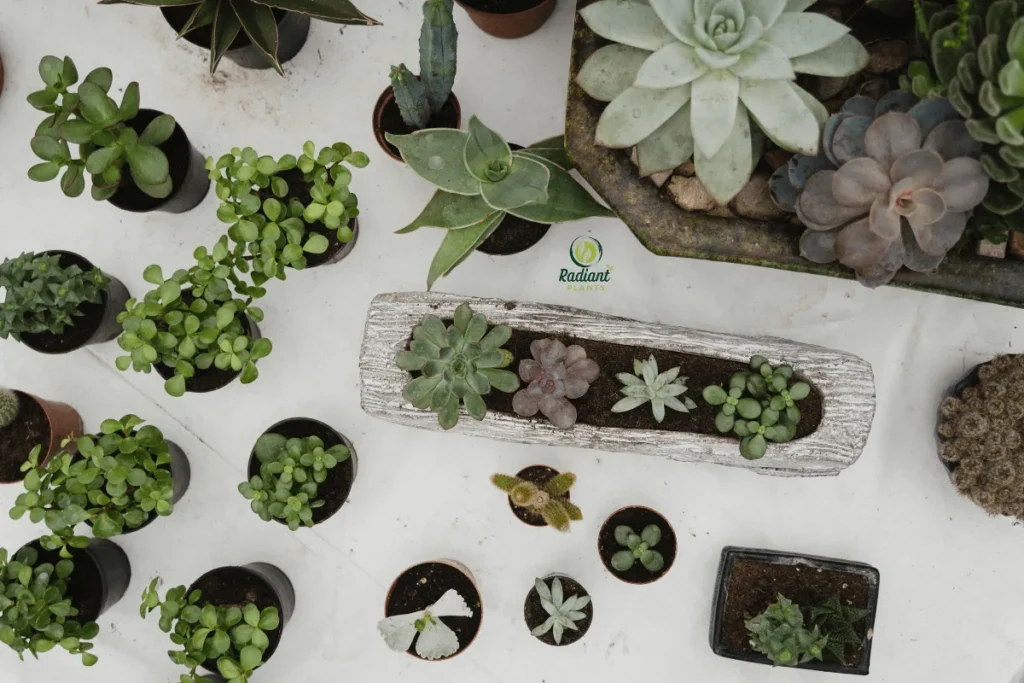
Definition & Characteristics
Succulent plants are a group of species known for their thick, fleshy tissues adapted to store water. This unique trait allows many types of succulent plants to thrive in arid environments and low-maintenance indoor setups.
Key characteristics include:
- Thick, waxy, or spongy leaves and stems
- Drought resistance and minimal watering needs
- Slow growth and compact structure
- Found in various plant families (e.g., Crassulaceae, Aizoaceae, Cactaceae)
These features make succulents ideal for those seeking hardy, low-care greenery.
Why Succulents Are Popular
Succulents have exploded in popularity for several practical and aesthetic reasons:
- 🌿 Easy care: Great for beginners or forgetful waterers
- 🪴 Decor appeal: Stylish and versatile in modern interiors
- 🧪 Air-purifying: Some types improve indoor air quality
- 🧳 Space-saving: Compact enough for desks, shelves, and small apartments
Thanks to their variety, durability, and visual charm, many types of succulent plants are now staples in homes, offices, and creative plant displays worldwide.
How to Identify Succulent Plants
Leaf Shapes & Growth Patterns
Types of succulent plants include many hardy species that are easily recognizable by their unique leaf shapes and growth patterns. Whether rosette-forming or trailing vines, each type displays distinct features that make identification straightforward for plant lovers.
🔍 Snippet-Style Answer
Succulent plants are typically identified by their thick, water-storing leaves, which vary widely in shape, color, and pattern. Growth forms such as rosettes, clusters, or stems help distinguish different types of succulent plants, especially when paired with texture and leaf arrangement.
Common Leaf Shapes of Succulents
Leaf Shape | Examples | Identifying Traits |
|---|---|---|
Rosette | Echeveria, Sempervivum | Circular arrangement, symmetrical leaves |
Tubular | Senecio, Gasteria | Tube-like leaves, often vertical growth |
Paddle or Spoon-Shaped | Kalanchoe, Cotyledon | Flat, wide leaves with rounded edges |
Needle-Like | Sedum, Crassula muscosa | Thin, pointed leaves, often small |
Pebble or Stone-Like | Lithops, Pleiospilos | Mimic stones, low to ground, camouflage |
Tip: Look at leaf edges—some are serrated, smooth, or even covered with fine hairs.
Common Growth Patterns
Understanding how a succulent grows is another reliable way to identify it. Here’s how different types of succulent plants behave:
🌱 1. Rosette-Forming
- Leaves arranged in tight circles
- Seen in Echeveria, Aeonium
- Often symmetrical and low-growing
🌿 2. Clumping or Offsetting
- Grow in bunches or spread through offshoots
- Aloe and Haworthia are classic examples
- Easy to propagate from pups
🌾 3. Trailing or Hanging
- Long stems with cascading growth
- Examples: String of Pearls, Burro’s Tail
- Ideal for hanging baskets and high shelves
🌵 4. Upright Stems
- Grow vertically with stacked or spiraled leaves
- Crassula and Senecio often take this form
- Excellent for tight spaces and minimalistic décor
Quick Visual Guide: Leaf Traits to Watch For
Trait | What It Tells You |
|---|---|
Glossy surface | Slower-growing plants need less water |
Powdery coating | Common in drought-tolerant types (e.g., Echeveria) |
Spikes or teeth | Usually protective, often desert-origin species |
Compact structure | Slower-growing plants needs less water |
Identifying different types of succulent plants becomes easier once you start recognizing the patterns in shape, texture, and growth. Combine visual cues with care habits for accurate identification—many succulents are unique, but follow these general traits.
15 Stunning Types of Succulent Plants
There are many unique types of succulent plants, each with its leaf texture, shape, and personality. From upright, architectural beauties to trailing showstoppers, these succulents are popular for both beginner and experienced gardeners alike.
🌿 Snippet-Style Answer
This curated list of 15 stunning types of succulent plants includes a mix of rosette-forming, upright, trailing, and compact species. They vary in care needs, textures, and decorative appeal—perfect for anyone building a succulent collection.
📋 Comparison Table: Leaf Texture by Succulent Type
Succulent Type | Leaf Texture | Growth Habit |
|---|---|---|
Aloe Vera | Smooth & fleshy | Upright rosette |
Echeveria | Powdery & soft | Symmetrical rosette |
Haworthia | Firm & ridged | Compact rosette |
Zebra Plant | Striped & rigid | Low, clumping |
Jade Plant | Glossy & plump | Upright, bushy |
String of Pearls | Bead-like & smooth | Trailing vine |
Hens and Chicks | Thick & rounded | Spreading rosette |
Tough & upright | Sword-shaped leaves | |
Barrel Cactus | Ribbed & spiny | Round, compact |
Burro’s Tail | Silky, fragile | Cascading stems |
Panda Plant | Fuzzy & soft | Upright, fuzzy rosettes |
Ghost Plant | Waxy & pastel-hued | Spreading rosette |
Crown of Thorns | Thicker, thorned | Upright, shrubby |
Lithops | Pebbled, stone-like | Stone mimic, ground-hugging |
Aeonium | Waxy & thick | Rosette on stem |
🌵 Featured Succulent Types
Aloe Vera
- Medicinal plant with spiky, upright leaves.
- Needs bright light and well-drained soil.
- Great for skin-care uses and sunburn relief.
Echeveria
- Rosette-shaped with pastel tones and powdery coating.
- Prefers lots of sunlight; avoid overwatering.
Haworthia
- Compact rosette with translucent leaf tips.
- Tolerates low light; ideal for desks and shelves.
Zebra Plant (Haworthiopsis fasciata)
- White-striped leaves resembling zebra patterns.
- Easy to grow and pet-safe.
Jade Plant (Crassula ovata)
- Known for coin-shaped, glossy green leaves.
- A symbol of prosperity and longevity.
String of Pearls (Senecio rowleyanus)
- Trailing succulent with bead-like leaves.
- It looks stunning in hanging baskets.
Hens and Chicks (Sempervivum tectorum)
- Produces “chicks” or offsets around mother rosette.
- Cold-hardy and drought-tolerant.
Snake Plant (Sansevieria trifasciata)
- Tall, upright leaves with a variegated pattern.
- Thrives in low light and needs little water.
Barrel Cactus
- Round with pronounced ribs and prominent spines.
- Great for desert-style displays.
Burro’s Tail (Sedum morganianum)
- Cascading leaves resemble braided tails.
- Fragile but visually striking in pots or baskets.
Panda Plant (Kalanchoe tomentosa)
- Velvety leaves with dark brown edges.
- The fuzzy texture makes it a favorite with kids.
Ghost Plant (Graptopetalum paraguayense)
- Pale gray or pink rosettes with a pastel hue.
- Changes color based on sun exposure.
Crown of Thorns (Euphorbia milii)
- Thorny stem with small colorful flowers.
- Can bloom year-round with proper care.
Lithops (Living Stones)
- Stone-like appearance, ideal for camouflage.
- Very low water needs; grows slowly.
Aeonium
- Waxy rosettes on a central stem.
- Often used in sculptural container arrangements.
These types of succulent plants highlight the incredible diversity and resilience of the succulent family. Whether you prefer bold and spiky or soft and trailing, there’s a perfect type to match your style and skill level.
Main Succulent Plant Types With Names & How To Identify Them
Choosing the Right Succulent for Your Space
🌿 Snippet-Style Answer
Different types of succulent plants thrive in different environments. Some do best indoors under indirect light, while others need full sun outdoors. Choosing the right succulent depends on your space, light availability, and pet safety.
🏠 Indoor vs. Outdoor Types
Many popular types of succulent plants are versatile, but matching them to the right setting ensures better growth and longevity. Use this breakdown to guide your selection:
✅ Best Indoor Succulents
These succulents thrive in filtered light, stable temperatures, and moderate indoor humidity.
- Haworthia – Compact, low light tolerant
- Jade Plant (Crassula ovata) – Thrives near sunny windows
- Panda Plant (Kalanchoe tomentosa) – Fuzzy leaves, loves warmth
- Snake Plant (Sansevieria) – Extremely hardy, great for corners
- Echeveria – Rosettes that need indirect bright light
☀️ Best Outdoor Succulents
Outdoor-friendly succulents handle direct sun, wind, and wider temperature swings.
- Aloe Vera – Loves hot, dry climates
- Sempervivum (Hens and Chicks) – Cold hardy
- Barrel Cactus – Full sun and drought-ready
- Crown of Thorns – Enjoys tropical, sunny spots
- Aeonium – Thrives in Mediterranean-type climates
💡 Tip: If you live in a region with harsh winters, choose portable pots to move outdoor succulents indoors during cold months.
🐾 Pet-Friendly Succulents
Some types of succulent plants can be toxic to pets. If you have curious cats or dogs, stick to these non-toxic options:
✅ Safe for Pets:
- Haworthia
- Echeveria
- Burro’s Tail (Sedum morganianum)
- Gasteria
- Opuntia (some prickly pear types)
⚠️ Toxic to Pets:
- Aloe Vera – Can cause digestive issues
- Jade Plant – Toxic to cats and dogs
- Kalanchoe – May lead to vomiting
- Crown of Thorns – Irritating sap
- Snake Plant – Mildly toxic if chewed
🐕 Always check ASPCA or similar sources when unsure about a plant’s safety.
🖼️ Visual Guide: Succulent Types by Setting
Succulent | Ideal Location | Pet Safe? |
|---|---|---|
Echeveria | Indoor | ✅ Yes |
Aloe Vera | Outdoor | ❌ No |
Haworthia | Indoor | ✅ Yes |
Crown of Thorns | Outdoor | ❌ No |
Burro’s Tail | Indoor | ✅ Yes |
Choosing the right types of succulent plants based on your lighting conditions and pet needs will ensure a thriving, safe, and beautiful green space in your home.
Care Tips for All Succulent Types
🌿 Snippet-Style Answer
All types of succulent plants thrive when given the right balance of light, water, and well-draining soil. Understanding their basic care needs and avoiding common mistakes helps keep these hardy beauties healthy and vibrant.
💡 Light, Water, Soil Essentials
Whether you’re caring for Echeveria, Aloe, or Haworthia, the care principles for most types of succulent plants remain surprisingly consistent. Here’s what every plant parent should know:
☀️ Light Requirements
- Most succulents prefer bright, indirect light.
- Some outdoor varieties like Aloe or Crown of Thorns love full sun.
- If indoors, place near south or east-facing windows.
💧 Watering Guidelines
- Use the “soak and dry” method: water thoroughly, then let the soil dry completely before watering again.
- Water less frequently in winter months.
- Overwatering is the number one killer of succulents.
🌱 Soil Needs
- Use well-draining soil, preferably a cactus/succulent mix.
- Add perlite or sand for improved drainage.
- Avoid using standard potting mix alone.
🧭 Succulent Care Decision Table
Care Factor | Do This | Avoid This |
|---|---|---|
Light | Use a sandy, fast-draining soil mix | Full shade or direct scorching sunlight |
Water | Water when soil is dry to the touch | Watering on a fixed schedule |
Soil | Use sandy, fast-draining soil mix | Regular potting soil without drainage |
Pot | Choose containers with drainage holes | Glass containers without drainage |
Fertilizer | Light feeding in spring/summer (optional) | Over-fertilizing year-round |
❌ Common Mistakes to Avoid
Even with low-maintenance types of succulent plants, beginners often make avoidable errors:
- Overwatering: Most succulents only need water every 1–3 weeks. Signs of overwatering include mushy leaves and root rot.
- Poor lighting: Stretching or faded colors mean your plant is not getting enough light.
- Wrong pot or soil: Pots without drainage or dense soil can trap water, leading to rot.
- Frequent repotting: Succulents grow slowly and don’t need frequent repotting—only when rootbound.
- Mistaking dormancy for disease: Some succulents go dormant in winter or extreme heat. Leaves may shrivel or drop—this is normal.
With proper light, soil, and watering habits, all types of succulent plants can flourish in your space for years to come. Stick to these essentials and your succulents will thank you with strong roots, vibrant leaves, and easy charm.
❓ FAQ: Types of Succulent Plants
What are the most common types of succulent plants?
Popular types of succulent plants include Aloe Vera, Echeveria, Jade Plant, Haworthia, and Zebra Plant. These are easy to grow and widely available.
How do I identify different types of succulent plants?
Look at leaf shape, texture, color, and growth pattern. For example, rosette shapes like Echeveria differ from trailing types like String of Pearls.
Which types of succulent plants are best for indoors?
Haworthia, Snake Plants, Jade Plants, and Panda Plants are great indoor succulents that thrive in low to moderate light.
Are all types of succulent plants pet-friendly?
No. Some, like Jade and Aloe, are toxic to pets. Choose pet-safe succulents like Haworthia or Burro’s Tail if you have animals at home.
What types of succulent plants are easiest for beginners?
Echeveria, Jade Plants, and Zebra Plants are beginner-friendly due to their tolerance to neglect and minimal care needs.
Succulent plants come in a wide variety of shapes, sizes, and textures—each with its charm. From classic rosettes like Echeveria to trailing beauties like String of Pearls, the many types of succulent plants offer something for every space and skill level. Whether you’re decorating a windowsill, filling a patio pot, or creating a tabletop terrarium, there’s a perfect match out there for you.
With the right light, soil, and watering habits, succulents are some of the easiest and most rewarding plants to grow. Just remember to match your selection to your space—indoor or outdoor—and check whether it’s pet-safe if you have furry friends around.
Ready to dive deeper into succulent care?
🌿 Explore more care tips or 🌱 Browse our plant guides to grow your green thumb with confidence.

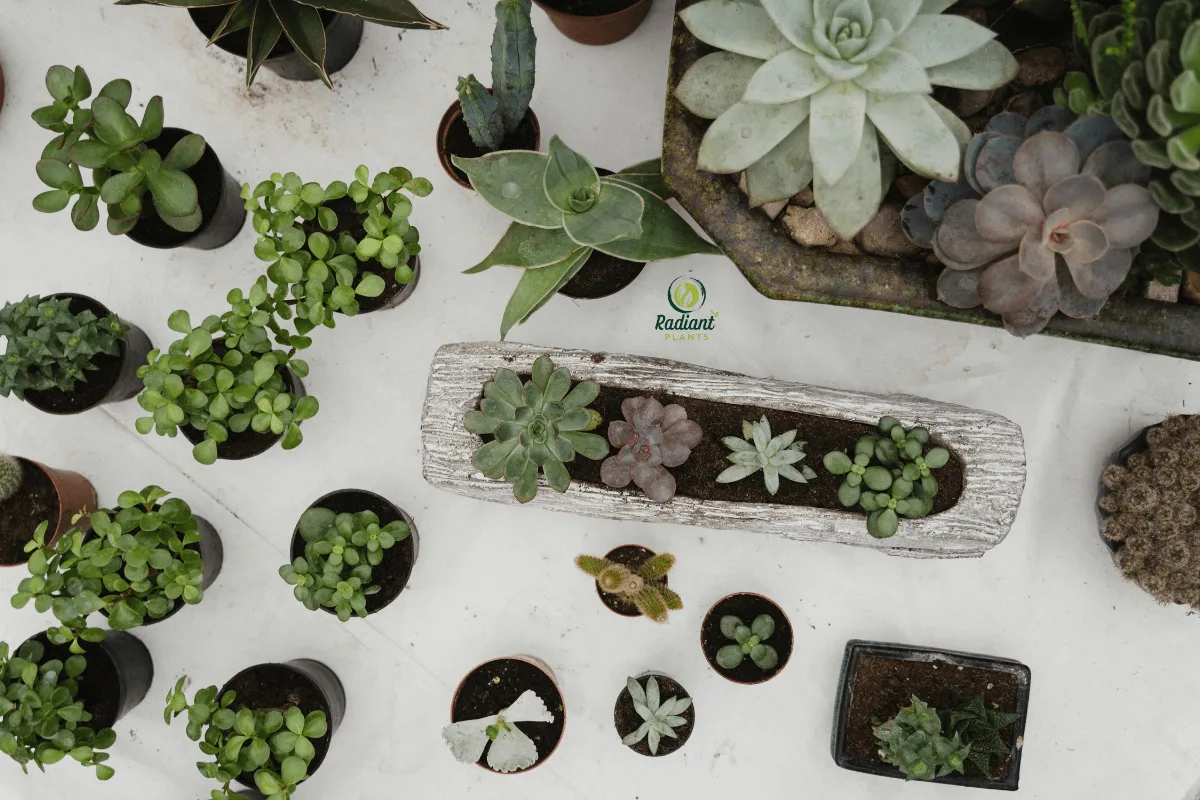
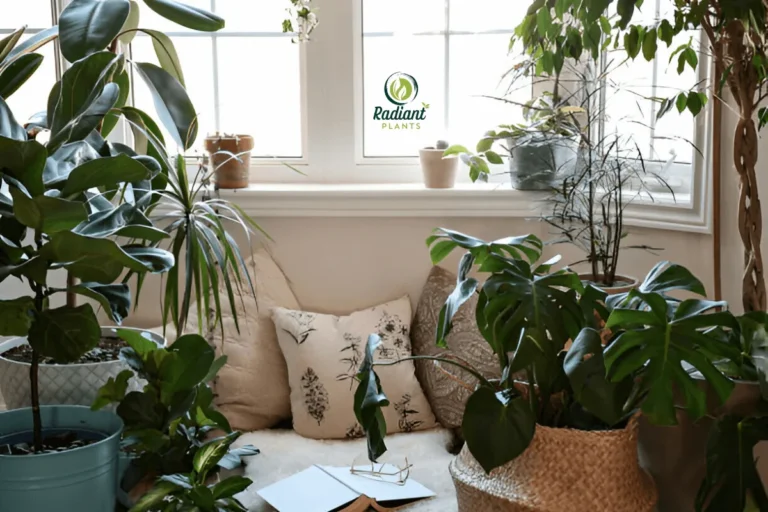
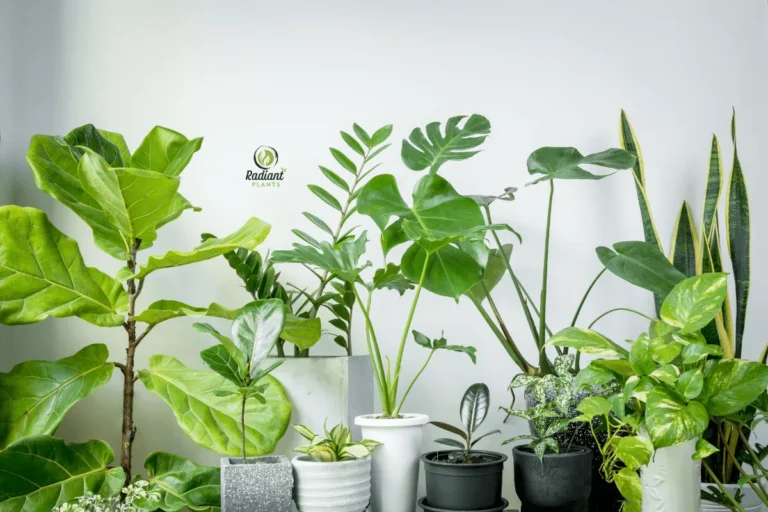
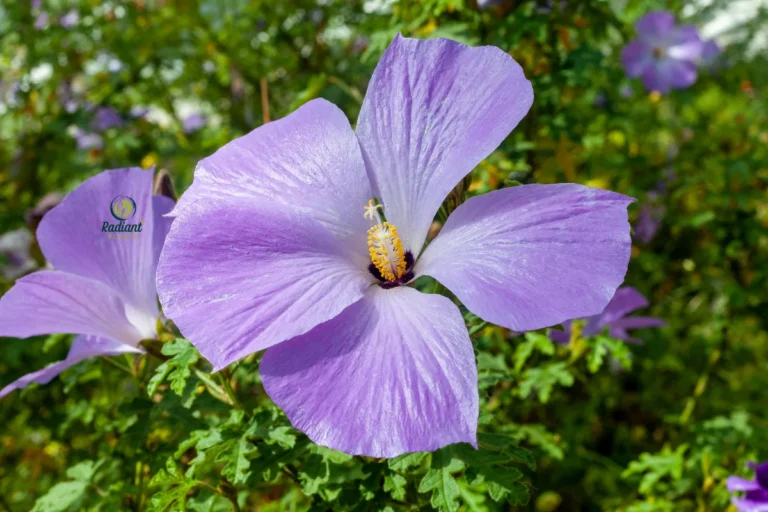
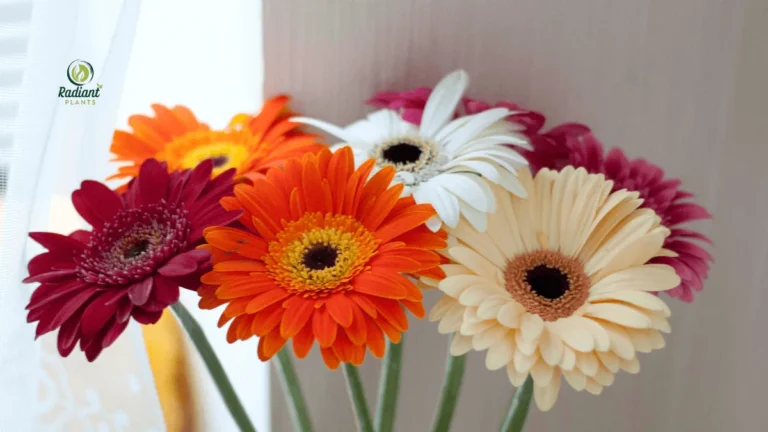
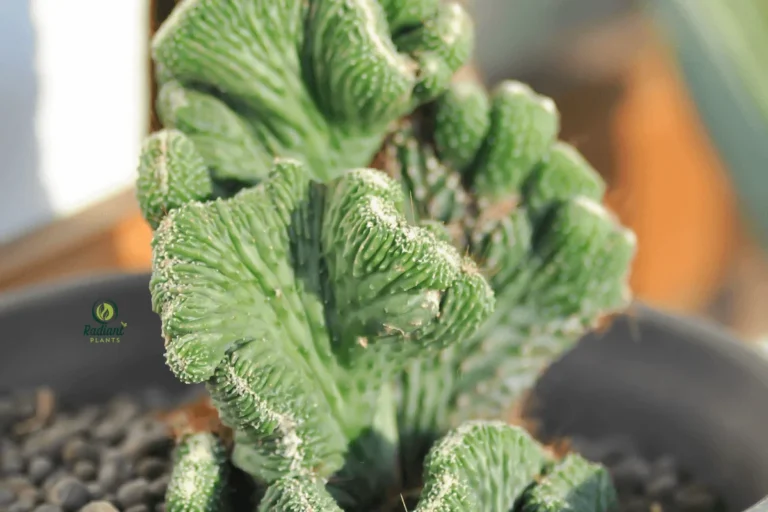
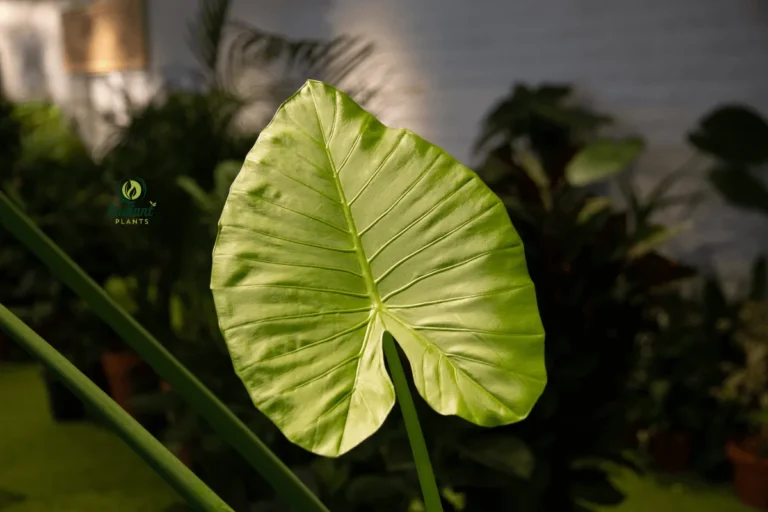
Your article helped me a lot, is there any more related content? Thanks!